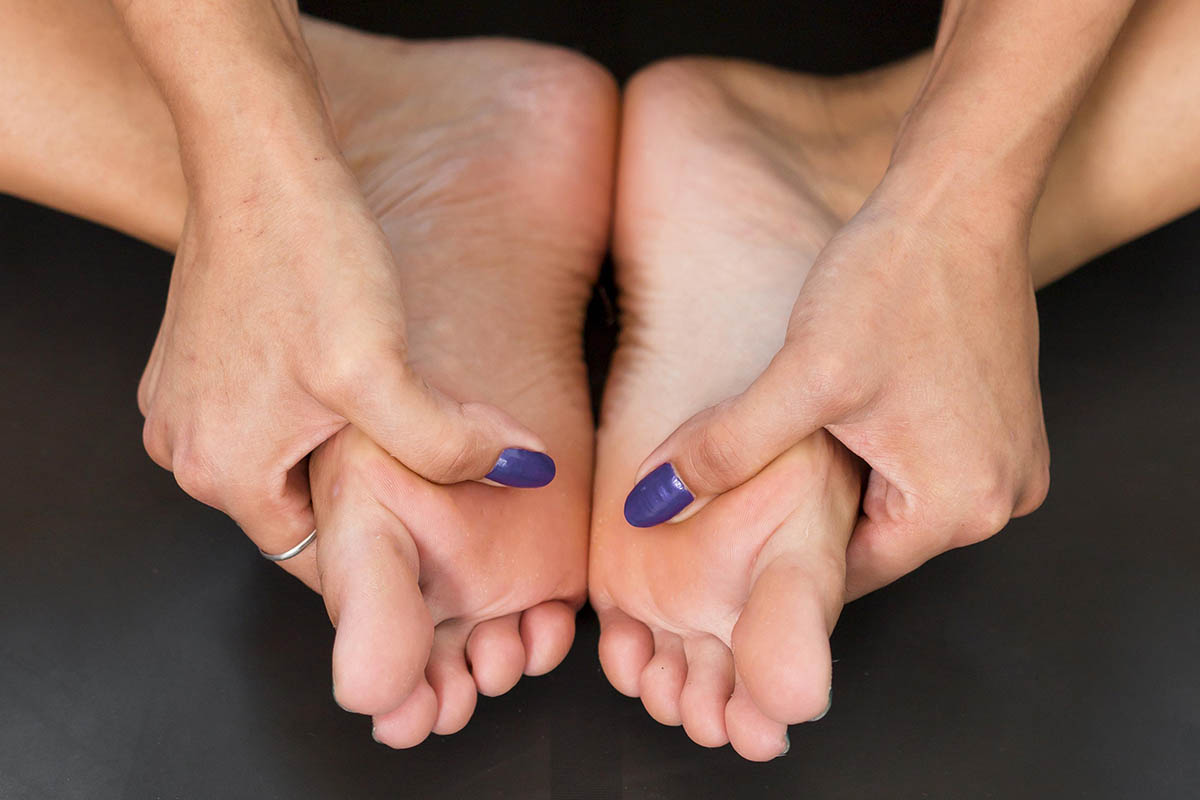Do Toe Spacers Help Bunions? Expert Opinion
Bunions are a widespread foot issue that impacts millions of individuals globally. This condition is identified by a hard bony protrusion forming at the base of the big toe’s joint, which may result in severe pain, and discomfort, making it challenging to find well-fitting shoes. Currently, there’s a buffet of treatment options available to manage bunions, from surgical to medicinal, even alternative and holistic.
One of the most common and easiest, and the one most folks turn to is toe spacers. Toe spacers are small devices that fit between the toes — reports and experts are certain that they can help alleviate the pain associated with bunions. Still, the question remains – can toe spacers correct bunions?
Or are we being sold the equivalent of footie snake oil? In this article, we’ll explore the expert opinion on whether toe spacers can help with bunions and provide you with the information you need to make an informed decision.
Bunions 101
Bunions, also known as hallux valgus, are bony bumps that develop on the joint at the base of the big toe. As a whole, they are a relatively common foot problem. Statistics show that an estimated 25% of adults in the United States suffer from them.
This equates to approximately 64 million people. They also show that women are more likely to develop bunions than men due to various factors – by up to 55%. Bunions tend to become more prevalent with age, and their occurrence increases significantly in people over the age of 65.
But what exactly is the cause of bunions? As of right now, regardless of all scientific research, and medical studies, the exact cause of bunions is not known. Multiple factors that may contribute to their development:
- Footwear: Wearing tight, narrow, or high-heeled shoes can put pressure on the toes and cause bunions to develop over time – footwear can in fact be the leading cause of bunions. In many cases, something as simple as buying the wrong shoe or the right size can deform a person’s feet.
- Foot injuries: A foot injury, such as a sprain or fracture, can change the foot’s structure and cause bunions to form.
- Foot structure: People with flat feet, low arches, or other foot deformities may be more prone to developing bunions.
- Age: Bunions tend to develop more frequently as people age, as the ligaments in the foot become weaker and less supportive. (hint, hint, that’s why it’s best to be PROACTIVE) Gait Happens can help!
- X-factor: finally, there’s the x-factor — some unknown quantity or unit or cause that is ultimately responsible for the development of bunions.
It is important to highlight that while these factors may contribute to the development of bunions, they do not necessarily guarantee that an individual is at risk of them.
FAQs about Toe Spacers
What are bunions, and how do they impact foot health?
The big toe starts to slant toward the second toe, which causes the joint at the base of the big toe to protrude. Bunions are a frequent foot ailment. They can make it difficult to wear shoes comfortably and cause pain, swelling, and stiffness in the affected area.
Toe spacers for bunions – are they effective?
Toe spacers can be an effective tool for managing and preventing bunions. They can help relieve pressure on the affected area, promote proper toe alignment, and improve overall foot health. Some benefits of using toe spacers for bunions include:
- Reducing pressure on the affected area;
- Promoting proper toe alignment;
- Improving overall foot health.
However, it’s important to note that toe spacers may not suit everyone. It is important to understand that there is a break in period. Some potential limitations and drawbacks of using toe spacers for bunions include:
- Discomfort or irritation when wearing the spacers;
- Difficulty fitting into shoes with the spacers in place;
- Limited effectiveness for severe bunions.
To get the most benefit from using toe spacers for bunions, it’s essential to incorporate them into a comprehensive bunion care plan. This may entail additional therapies, including foot exercises, using supportive footwear, and speaking with a foot care specialist.
How do they work?
Toe spacers work by creating space between the toes, which can help reduce pressure on the affected area and promote proper alignment of the toes. They can also help stretch and strengthen the muscles in the feet, which can help improve overall foot health.
How do they function?
Bunions, hammertoes, and plantar fasciitis are just a few foot ailments that can be treated and prevented with toe spacers. Additionally, they can be used to lessen the pain and discomfort these conditions bring.
Toe spacers, can they work as a non-surgical solution?
Toe spacers might be a non-surgical option that helps treat and prevent the problem for those people with mild to moderate bunions. To relieve pain and encourage good foot alignment, they can be worn in conjunction with other treatments like foot exercises and supportive shoes.
Tips for buying the proper toe spacers for bunions
It’s crucial to speak with a foot care expert if you’re considering utilizing toe spacers for bunions to discover whether they are viable. If you are considering using toe spacers as part of your bunion care, here are some critical tips to help you choose the right ones:
- Consult with a podiatrist: Before using any type of bunion treatment, including toe spacers, it is highly recommended that you talk with a podiatrist – ring them up at the very least. They can help you determine the underlying cause of your bunion and advise you on the most appropriate treatment options.
- Choose the right size: Toe spacers, like shoes and socks, come in various sizes and shapes – picking the right ones that fit your feet correctly is essential. If the spacers are too small, they will not provide the necessary support, and if they are too large, they can turn out to be detrimental — causing more discomfort and irritation.
- Consider the material: Toe spacers can be made of different materials, including silicone, foam, and gel. Each material has unique benefits and drawbacks, so do your research, consult your healthcare professional, and choose the best for you. You can find the toe spacers Gait Happens recommends here.
- Look for durability: Since you will be wearing the toe spacers for an extended period, choosing ones that are durable and can withstand daily use is essential.
- Get the right type: Different types of toe spacers are available, including ones that separate all toes and those that focus on the big toe. Depending on the severity of your bunion, your podiatrist may recommend a specific type.
It is important to remember that toe spacers are just one part of a comprehensive bunion care plan and should be used in conjunction with other treatments.




















